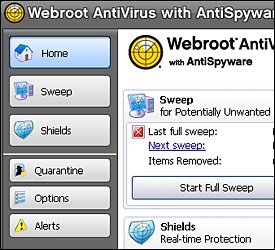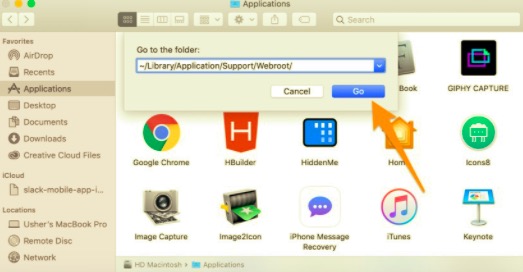

- WEBROOT REMOVAL TOOL INSTALL
- WEBROOT REMOVAL TOOL DOWNLOAD
Agent commands are received and processed by devices as they check-in. Select Run Customer Support Script, for the URL, enter (exactly as it appears):. Check the boxes for the devices, then click the Agent Commands drop-down menu at the top of the screen. In the Sites & Groups list, find and click the Site name that contains the devices to send Agent Commands to. Log into the Webroot Management console. You can run the tool remotely on multiple devices using Agent Commands in the Webroot Management console. Simply download it to the device, right click it and select 'Run as administrator'. The tool can be executed on any device that needs the DNS Protection agent removed. If you want to permanently remove the DNS Protection agent, either apply an endpoint policy with DNS Protection disabled or disable DNS Protection for the site, see above.Ĭlick here to download the Webroot DNS Protection agent uninstall tool - DnsAgentCleanup.exe. Note: If you use the tool to remove the DNS Protection agent and the endpoint policy applied to the device has the DNS Protection setting enabled, the agent will be reinstalled almost immediately. +Manually removing the DNS Protection agent For information on forcing a device to check-in, click here.

Devices will pick up the policy change as they check-in. Use the Endpoint Policy drop-down menu to select the new policy that you just created.Check the boxes for the endpoints that need their policies updated and click Change Policy (top of the page).Click the Site to display the devices in the site.Use the Sites & Groups column to find the Site and Group that contains the endpoint(s) that need their policy changed.
Click the caret to expand the section, then configure the Install DNS Protection setting to Off. If there is a Webroot icon in the dock, drag it to the recycle bin. A window will appear asking if you are sure you want to uninstall Webroot SecureAnywhere, click Yes. In the Policy Settings section, locate DNS Protection (towards the bottom). In the top left corner of the screen, click Webroot SecureAnywhere. Click Copy Policy (top of the screen), enter a policy name and description for the new policy. Find and click the endpoint policy currently in use by the endpoint. The Policy column displays the name of the endpoint policy in use. Partial names are treated as wildcards and all matches will be displayed. Enter the device name in the Search for. box (top of the screen). Log in to the Webroot Management console. This best practice will remove the DNS Protection agent while leaving the remaining policy settings in place, ensuring no unanticipated changes. Create a copy of the endpoint policy and disable the DNS Protection setting. Locate the endpoint policy in use by the devices. 
To remove the agent from a single endpoint or group of endpoints, assign a policy with DNS Protection turned off.







 0 kommentar(er)
0 kommentar(er)
